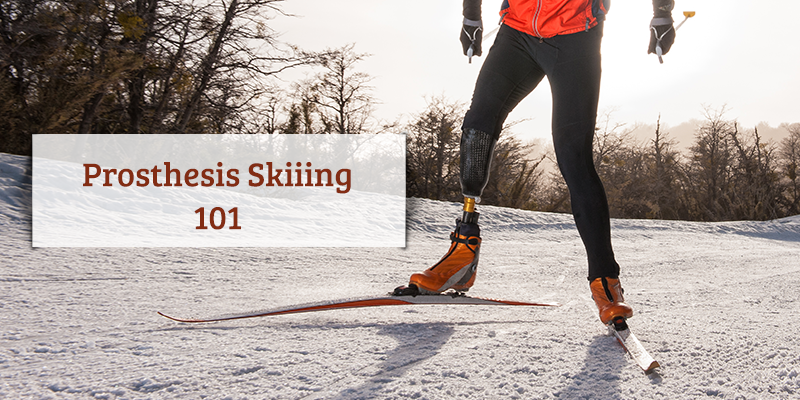Limb loss has long been a part of human history. Archeologists have discovered prostheses in Egyptian tombs, and Aztec statues depicting people missing one or more appendages have been unearthed. It’s no wonder, then, that amputees have made their way into mythology. A number of heroes and deities in the old stories were missing limbs, such as:
– Vishpla
An ancient poem in India references a mighty queen, Vishpla, who lost her leg in battle. The gods then gave her a leg of iron so that she could continue fighting. Thought to be 3200 years old, the poem makes the earliest reference in literature to a prosthesis. Sadly, since it is so old, we don’t have the full story of Vishpla—the author assumed all the readers would already be familiar with this myth!
– Nuada
Irish lore tells of a great king who came to the Emerald Isle to claim the land for his people. During the battle that ensued, Nuada lost his arm in combat to another great warrior, Sreng. As a result, Nuada wore a prosthesis made of silver and went by the nickname of “Airgetlám” which means “silver arm.” It was said he ruled Ireland for 20 years.
-Tyr
As a Viking god of war, Tyr’s missing hand was perhaps a nod to the limb loss soldiers experience on the battlefield. Norse mythology says Tyr lost his hand when he and the other gods were attempting to bind the evil, world-destroying wolf Fenrir. Additionally, one of our days of the week, Tuesday, was named after him, so our upper limb amputees can claim that day as theirs as well!
-Tezcatlipoca
The central deity of Aztec culture, Tezcatlipoca was said to have lost his foot while battling the Earth Monster. He was depicted wearing several different prostheses, including ones made of bone, obsidian and snakes. His twin brother, Xolotl, was thought to be the one who caused congenital limb loss, so children who were born missing limbs were considered special.
– Pelops
Greek hero Pelops lost his right shoulder as a result of an evil plot by his father, so he wore a prosthesis made of ivory. Legend claims that Pelops organized a big chariot race that later inspired the Olympic Games, which means the first Olympics were spearheaded by none other than a Paralympian.
From India to the Americas, amputees have found a place of reverence in mythology and stories—and no wonder! At Floyd Brace Orthotics and Prosthetics, we’ve seen our patients display incredible strength and courage. While we can’t make you a prosthesis made of snakes or silver, we can certainly craft you a custom device that helps you realize your own inner hero.










